Visit museums, monuments and memorials in walkable and visitor-friendly city
We always enjoy a visit to Washington D.C., the nation’s capitol because there are so many places to explore. Most of our visits have been by car but the District is the kind of place to dump your car and use public transportation – like the DC Circulator bus – to get around. And some visitors ride the Metro into the city to avoid dealing with a car. With buses, Ubers and rentable bikes and scooters so accessible, a car is something to park and forget to avoid the narrow streets congested with traffic. One time we cruised our 36-foot trawler High Life 100-some miles up the Potomac River and got a slip at the Gangplank Marina smack dab in the heart of the district. It was a great visit because we used public transportation to get wherever we wanted to go.
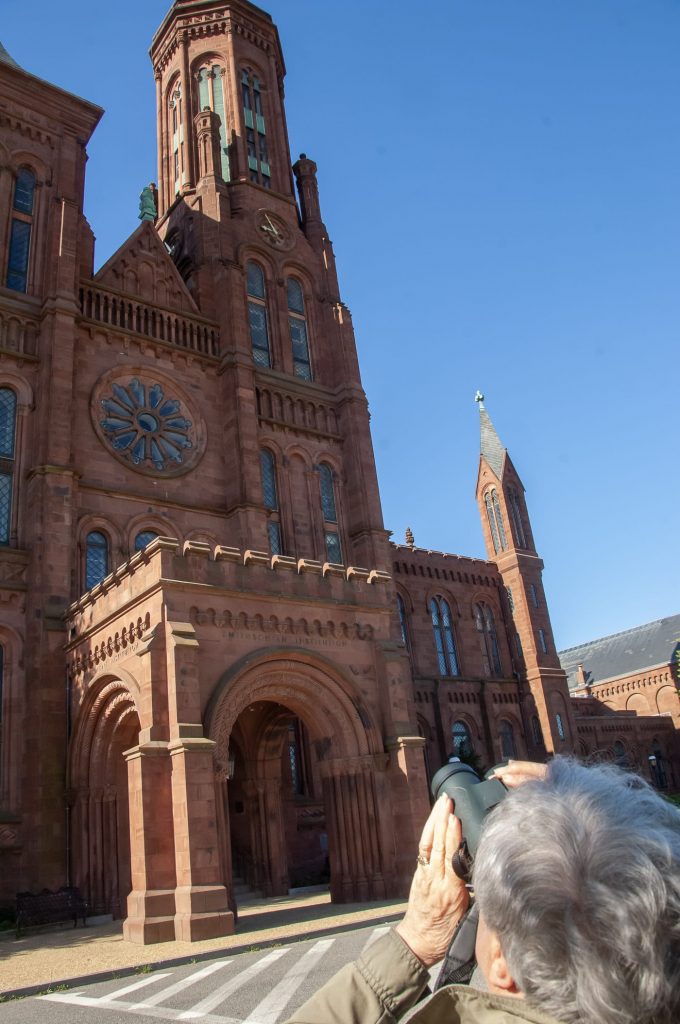
Museums and more wonderful museums in Washington D.C.
We usually start at the tidal basin and National Mall or the Smithsonian Institution with its network of 19 museums and expansive grounds. The institute was a gift from James Smithson, a chemist and mineralogist in London, who left a last will and testament saying that if his only heir, a nephew, died without an heir he wanted the money to go “to the United States of America, to found at Washington, under the name of the Smithsonian Institution, an establishment for the increase and diffusion of knowledge…” After his nephew died without an heir, the estate came to this country and is truly a gift that keeps on giving.
During the Pandemic the museums were closed but later opened requiring a timed pass. With the changing state of the covid-19 virus it’s a good idea to check the opening status of any museum before visiting.
One of our favorites is the National Museum of the American Indian, which sits on a four-acre site surrounded by simulated wetlands. Their extensive collection of exhibits, artifacts and information can be overwhelming. And the performances in the massive 120-foot high open space that welcomes visitors from all over the world is truly an inspiring way to learn about our Native American people and culture. The National Museum of African American History and Culture is another iconic museum you can spend a day visiting to appreciate and understand its significance.
The National Museum of Natural History is dedicated to understanding the natural world and our place in it. The museum is larger than 18 football fields and is home to the largest natural history collection in the world including exhibits about our human origins, fossils, mammals, oceans and Egyptian mummies. Another of our favorites.

Although it’s not a part of the Smithsonian museum network, the National Building Museum is always a must-visit for us. The massive red brick building with an interior space larger than a football field has impressive Corinthian-style columns. It was designed as the former U.S. Pension Bureau in the 1880s as a modern federal government office building for 1500 clerks to process and pay Civil War veterans and their families. The exterior of the building is decorated with a sculpted frieze of Union soldiers and sailors marching, rowing and riding on horseback. If you’ve ever watched a presidential Inaugural Ball on television you’ve seen the impressive Great Hall of the Building Museum. On many days there are massive building projects like kids building a Lego city. The museum is an amazing testament to construction and design.
As you ride or walk around the District of Columbia you can’t help but be overwhelmed by the scale of federal buildings in our nation’s capitol. The White House and U.S. capitol, the Library of Congress and Supreme Court all seem to dwarf other buildings.
We always stop at the Vietnam Veterans Memorial on the Mall which is run by the U.S. National Park Service. The spellbinding site honors the men and women who served in the Vietnam War. Its polished black granite walls contain more than 58,000 names. Seeing the names of so many fallen soldiers, some of them friends of ours, can be an emotional and somber experience for most visitors.
The Korean War Veterans Memorial is another stark reminder of so many of our troops who served protecting us. The Martin Luther KIng, Jr. Memorial is another spellbinding reminder of a troubled time in our history.
And no one can pass by the Lincoln Memorial with a 19-foot tall white Georgian marble statue of Abraham Lincoln seated on a raised marble pedestal surrounded by columns that looks toward the Washington monument and the Capitol.
We stopped at the National Air and Space Museum and then drove to Chantilly, Virginia where the space museum’s Steven F. Udvar-Hazy Center features aircraft and artifacts in an open, hangar-like setting, including a Lockheed SR-71 Blackbird and the space shuttle Discovery. Other exhibits are the 1903 Wright Flyer, the Spirit of St. Louis, and an Apollo lunar module.
Visit Animals at the National Zoo
The Smithsonian’s National Zoo is another favorite stop in the District especially for animal lovers of all ages. Among the most unusual is the colony of naked mole-rats with 16 chambers and some 20 feet of winding tunnels where they live and thrive. Before you visit, spend some time at their website https://nationalzoo.si.edu/ to learn about the amazing creatures you’ll see and the exhibits and programs they offer.
Alexandria, the district’s sister city in Virginia
Back in the district there’s more to see and do in nearby historic Alexandria, an old seaport town on the Potomac River, sister city to the District. On King Street which leads down to the waterfront you’ll find boutiques, specialty shops and one of a kind restaurants. A bus from the district takes you to the Metro at Alexandria’s King Street.
We like the Torpedo Factory Art Center, a landmark on the riverfront with one of the largest collections of working-artists in open studios. It was once an old munitions plant, but today you’ll find a wide variety of media with a rotation of exhibitions. Old Town Alexandria is a good source of information for visitors.
National Harbor
From Alexandria’s waterfront you can take a ferry to National Harbor, a mega development on the Potomac known for its ferris wheel, shops, restaurants, condos and casino. The complex is located near the Nationals baseball field, the home of Washington’s major league team. We like the ride on the Capital Wheel, a 180-foot ferris wheel with 8-person gondolas offering a spectacular view of the entire area. With binoculars the view of the city is an amazing site. Another interesting icon on the shore is The Awakening, a sculpture depicting the face & limbs of a man emerging from the ground. On the harbor waterfront you can’t help noticing the busy airspace and hum of helicopters, small and large, and wonder who the dark green copters are carrying.
Washington DC is an amazing combination of art enrichment and our long and complicated history with museums, memorials and monuments that pay tribute to our lineage and military heroes. For visitor information go to Washington.org.
You might also be interested in:- Explore the Potomac River: A Cruise Guide
- Washington D.C. Crossword Puzzle
- Visit the Renovated Smithsonian National Air and Space Museum
Gene and Katie Hamilton travel the U.S. extensively in search of a favorite place. They are members of the Outdoor Writers Association of America.
Post Views: 1,907
|




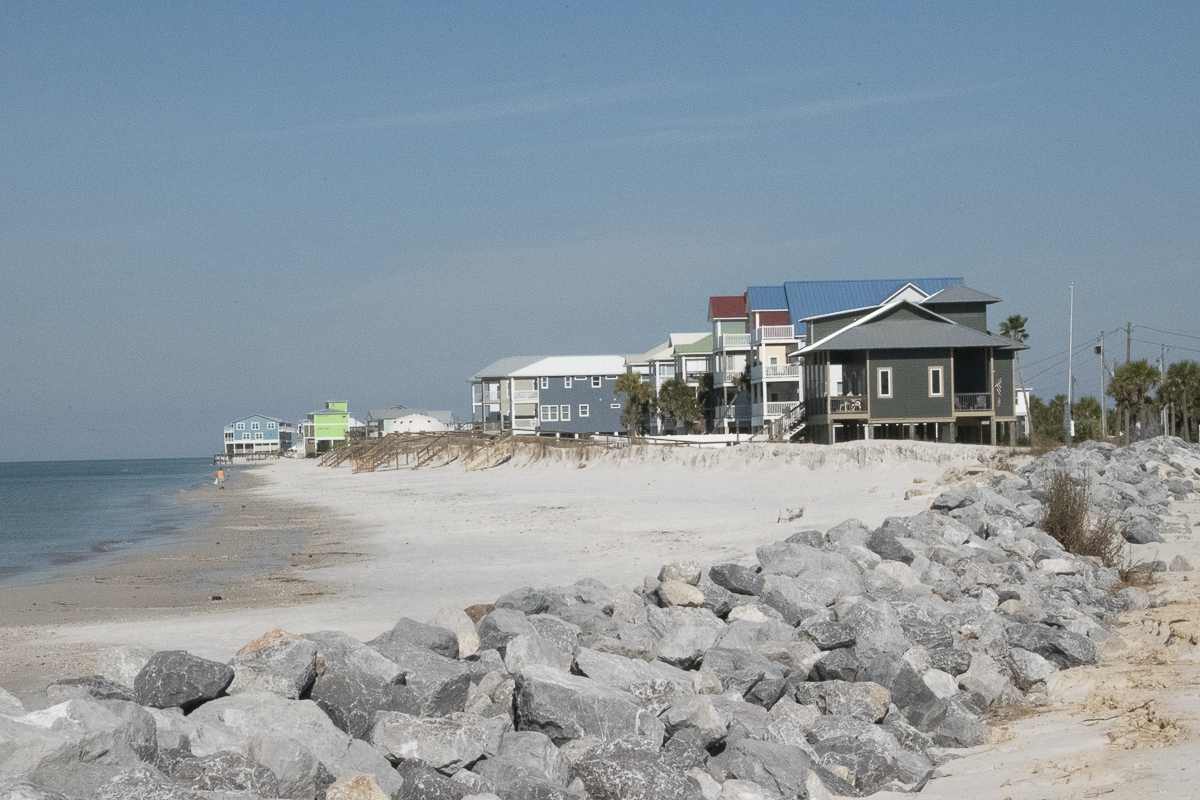


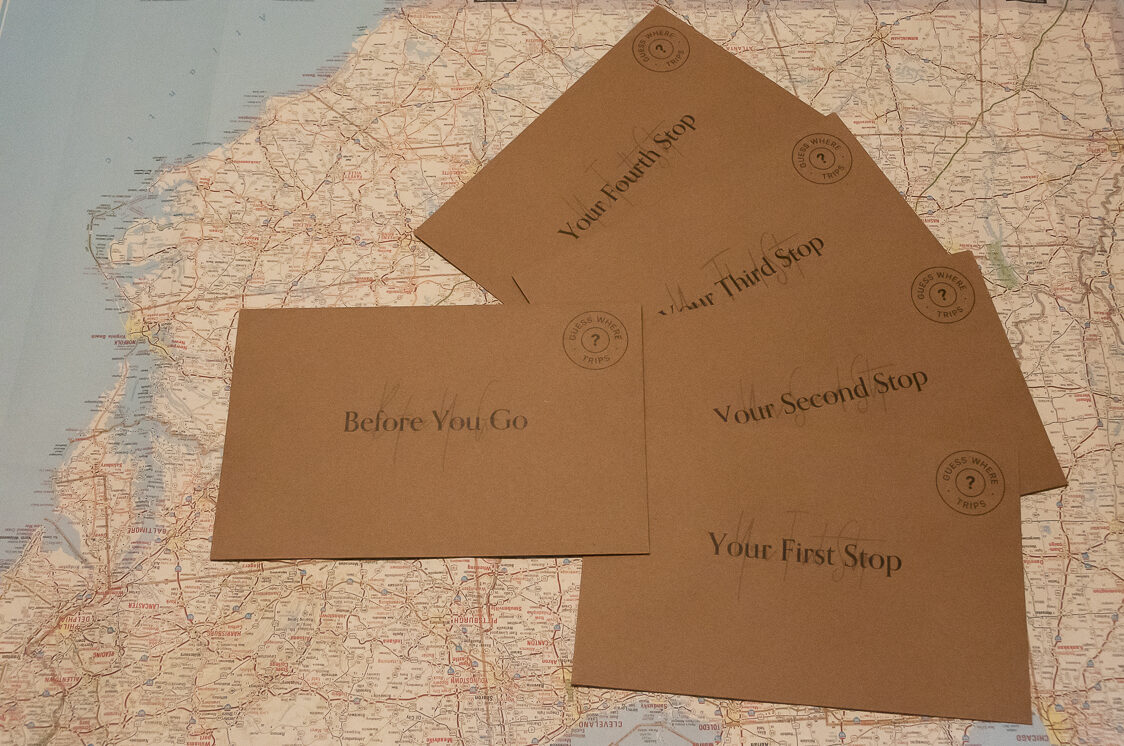

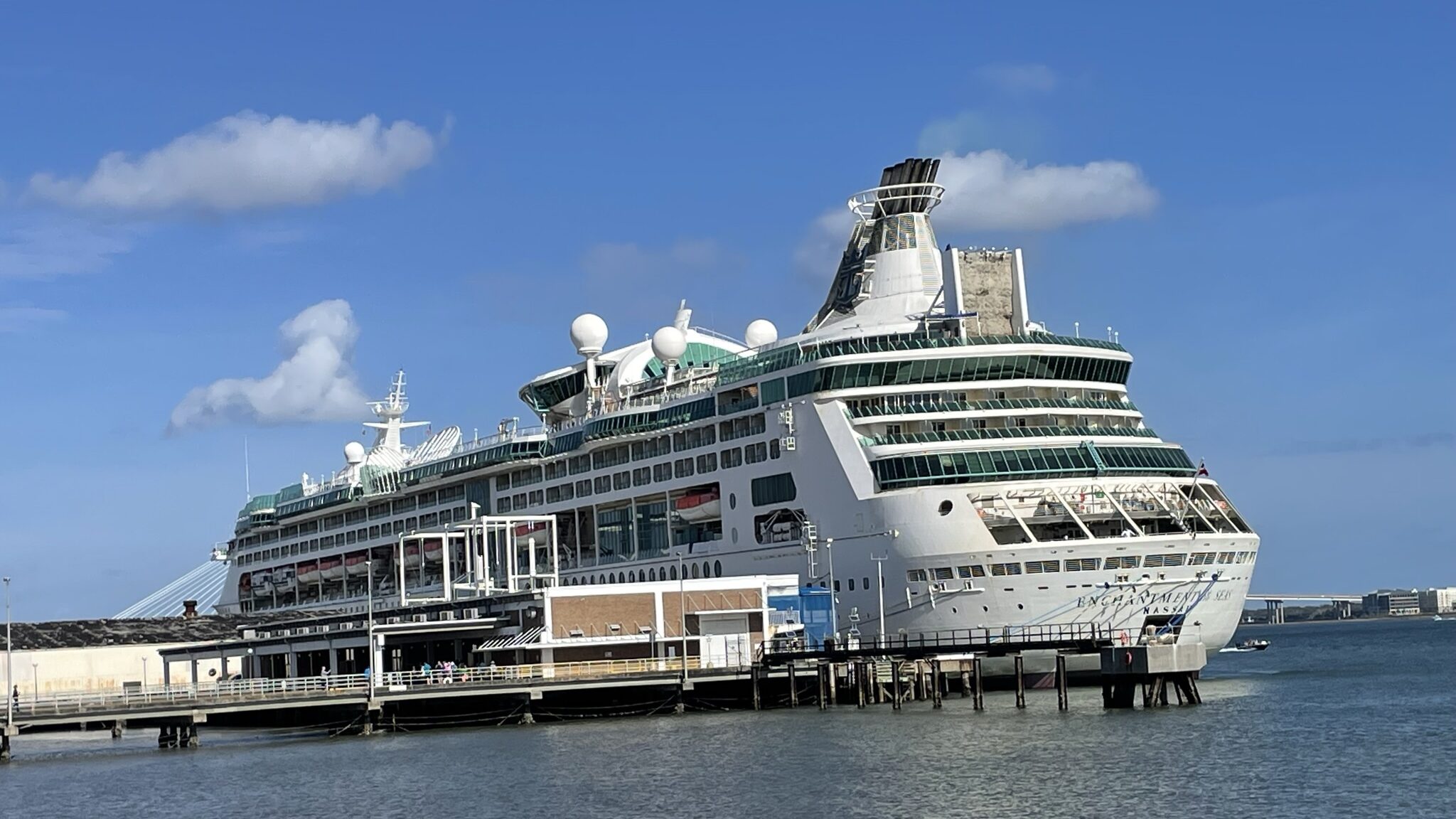
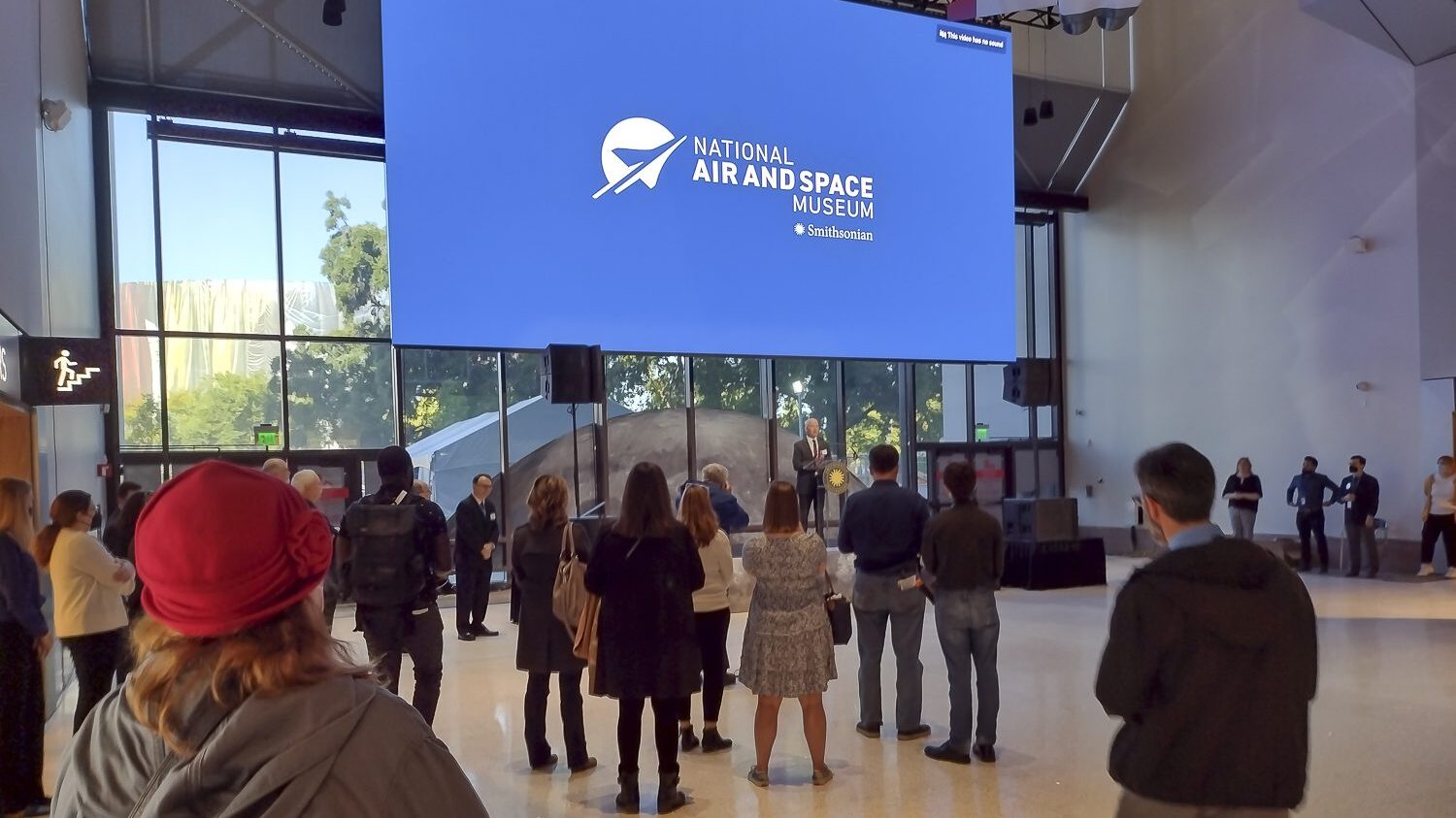
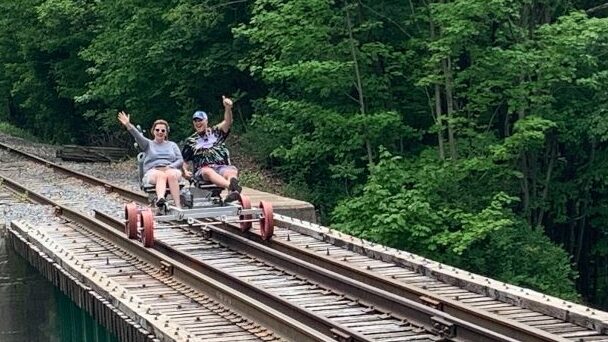
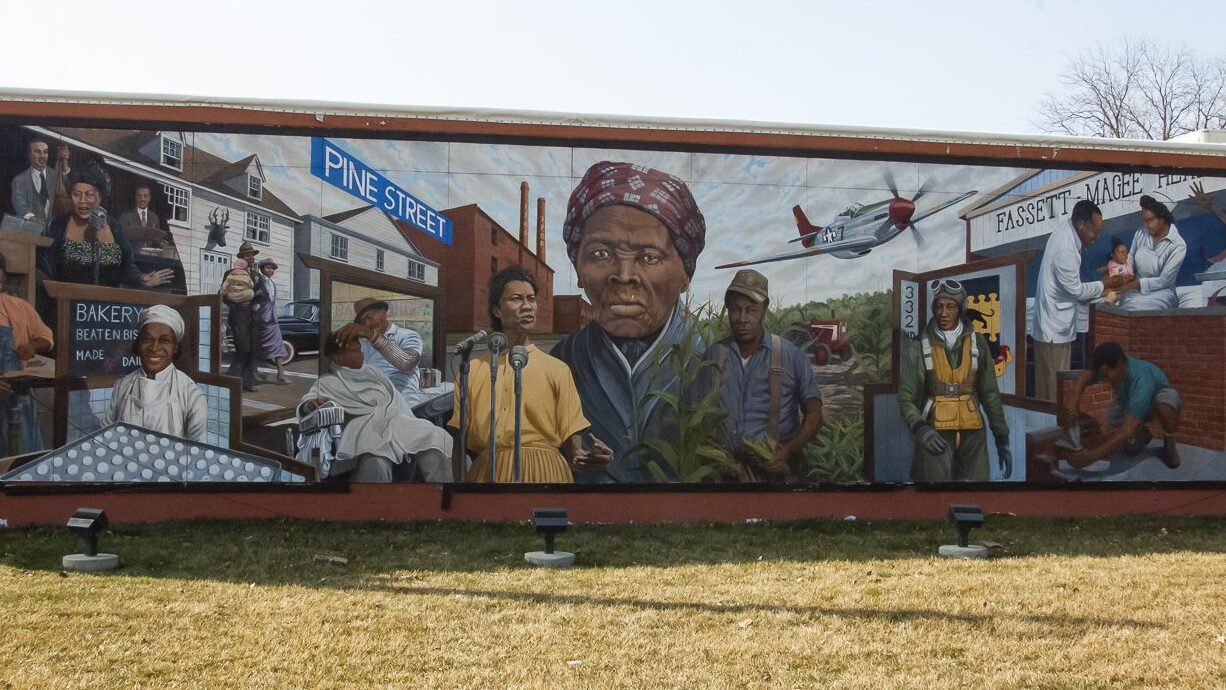

One Response